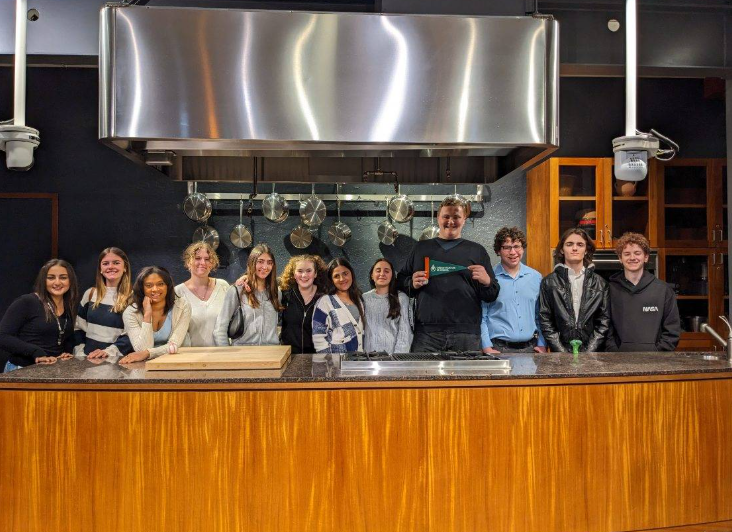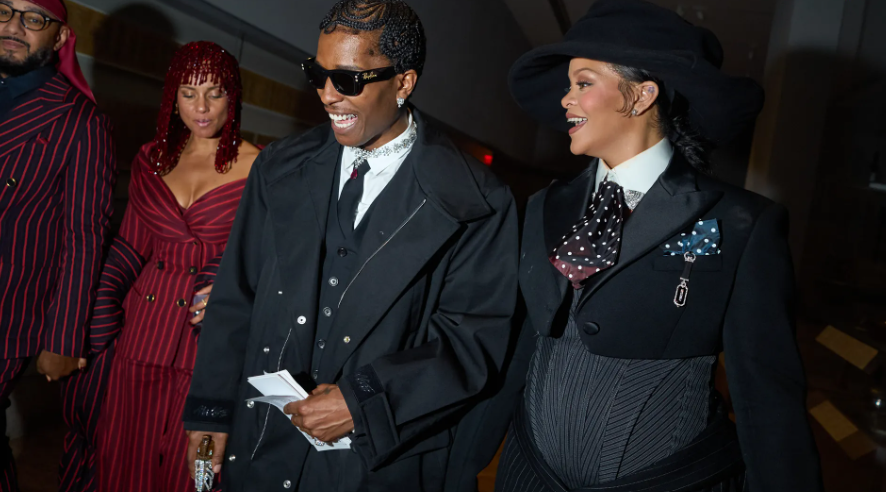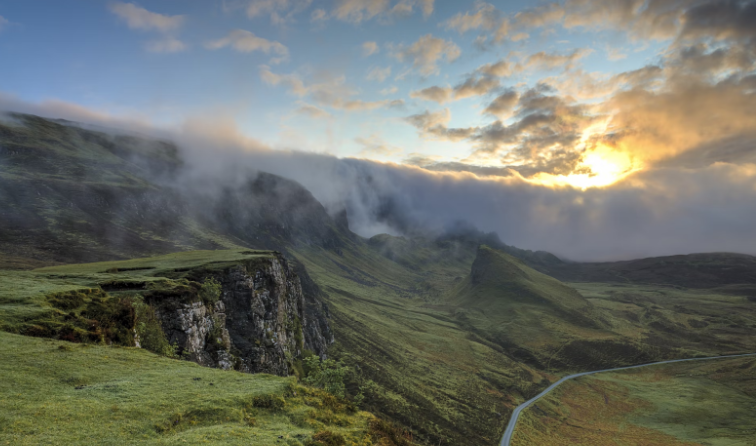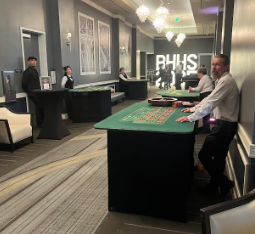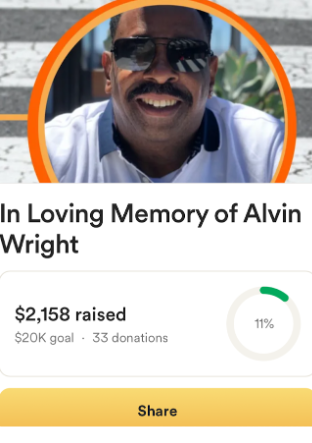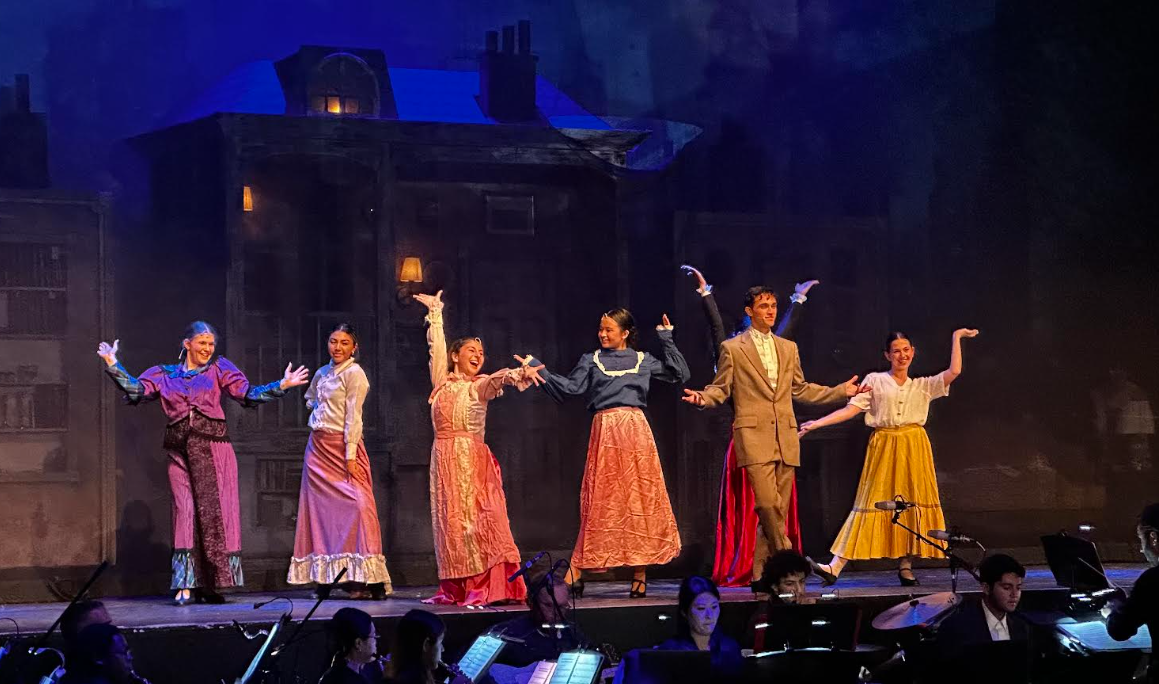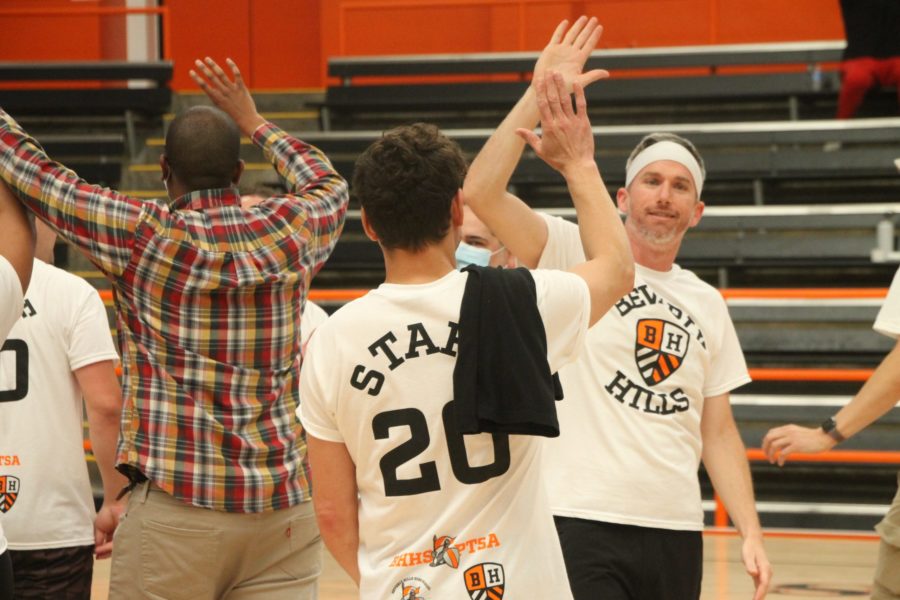As seen in the January 24 issue.
Dami Kim, spotlight editor
Jessica Lu, news editor
Max Stahl, comment editor
To us, it’s simply a place we call home. To outsiders, it’s a must-see tourist destination. To most Americans until the 1900s, it was a bean farm.
Beverly Hills may have been incorporated 100 years ago, but its history begins a century and a half earlier. In 1769, Spanish soldier Gaspar de Portola, in search of Jesuits to arrest, led his troops along the Native American trail that would become Wilshire Boulevard. Initially, relations with the indigenous Tongva tribe were relatively friendly, but when European-borne smallpox spread to the Native American population, these amicable tendencies quickly soured.
In 1838, Mexico’s governor of California granted 4,500 acres — much of the land that is now part of Beverly Hills — to Maria Rita Valdez Villa, who called the property Rancho Rodeo de Las Aguas. For over a decade, Valdez operated her sprawling ranch in relative peace, despite the tremors of the Mexican-American War that would put California in America’s possession. In 1852, though, three Native Americans attacked her property and engaged in a shootout that Valdez ultimately won. Perhaps shaken by the assault, she sold her land to Henry Hancock and Benjamin Wilson two years later.
Through the rest of the 19th century and into the early 20th century, the area that had formerly belonged to Valdez changed hands several times, at different stages serving as a prospective settlement for German immigrants, a lima bean farm, a failed North African-themed subdivision (a technical term for a population that has not yet been incorporated as a city) called Morocco, an oil field and, finally, the Rodeo Land and Water Company’s source of land and water. In 1906, Burton E. Green, who owned the company, named his property Beverly Hills.
The city boomed in 1919, when moviestar couple Mary Pickford and Douglas Fairbanks built a mansion, dubbed Pickfair by the media, in Beverly Hills. A wave of rich and famous actors, including Will Rogers, who would become the city’s first mayor, soon followed the newlywed celebrities, and Beverly Hills’ reputation as America’s capital of glamor and luxury was born. 1919 also marked the construction of the Beverly Hills Speedway, a short-lived racetrack that covered much of the southwestern part of the city, including the patch of land on which our high school currently stands. The Speedway, famous for being the first racetrack to feature banked turns, was torn down in 1924 in order to clear land for real estate.
Beverly Hills, like several other cities in Southern California at the time, is notorious for having promoted racial homogeneity. According to an early Beverly Hills restrictive covenant that remained in effect until the 1940s, no property could be “sold, conveyed, leased or rented to or inherited by or otherwise acquired by or become the property of any person whose blood is not entirely of the Caucasian race.” Non-whites could live in Beverly Hills only if they worked as the servants or domestic employees of a white resident. In the early 1940s, the NAACP and several famous African-American actors argued against the restrictive covenant in court, and the federal judge Thurmond Clarke struck it down.
In the 100 years since its incorporation, Beverly Hills has become one of the wealthiest cities in America and one of the most recognizable names in the world. The idea of Beverly Hills, now rooted in the imagination of millions worldwide, exists as a timeless entity, separate from the actual Beverly Hills that we inhabit, the Beverly Hills that not so long ago was little more than a bean farm. This year, we celebrate the centennial of a city that has grown prodigiously since its modest inception, but we also celebrate the centennial of an ideal that, come what may, could very well outlive all of us, even Beverly Hills itself.
Upcoming Events
Float on
The City entered the 2014 Tournament of Roses Parade in Pasadena in honor of its 100th birthday celebration. The City’s float theme was “City of Beverly Hills Centennial.” Volunteers from all over the city and groups like the Interact Club joined together to help construct the float, a process which took several months.
“[Interact] was granted the phenomenal chance to work on our fair city’s Centennial float thanks to the wonderful Beverly Hills Rotary Club,” President Nicole Sayegh said. “Every day, my fellow interactors continually amaze me with their dedication to the community, and so I am so proud to serve alongside of them.”
The float was composed of the City Hall Government building, several fountains, the Beverly Hills sign, park benches, palm trees and other idiosyncratic features of the city. Materials on the float include corn husk, seeds, moss, flowers and sand. Due to financial reasons, the City does not plan on competing in subsequent years.
Highlights covered Interact’s volunteerism in a multimedia video, which can be found at beveryhighlights.com.
In harmony
On Tuesday, Jan. 28, the Los Angeles Lawyers Philharmonic will be hosting the Beverly Hills Centennial Concert at the Saban Theatre on Wilshire Boulevard. The Concert also features a sing-a-long component and “surprisecelebrity guests” will be in attendance. Admission is free. More information can be found at www.beverlyhills.org
Breaking ground
The City will begin its Santa Monica Boulevard Reconstruction Project in the spring of 2015 to update the roadway and drainage system along North Santa Monica Boulevard. A Santa Monica Boulevard Blue Ribbon Committee was created to develop enhancements, such as bicycle lanes and landscaped medians.
“Pond” ering Restoration
The Beverly Gardens Lily Pond Dedication Ceremony will be held on Tuesday, Feb. 4 in order to celebrate the restoration of the Beverly Gardens Parks. The Friends of Beverly Gardens Park are working to restore the lily pond in front of the Beverly Hills sign between Beverly and Canon Drives, just north of Santa Monica.
Making music
From January through June of every year, monthly Sunday concerts are held at 2 p.m. at Greystone Mansion. The event, Music in the Mansion, brings together “prize-winning” international and local artists. Admission is $20 and tickets can be purchased at www.beverlyhills.org/BHREgOnline.
Woofstock 90210
The annual Woofstock event will be held at La Cienega Park on March 4. The day-long “pet extravaganza” event features at Pet Parade, pet related vendors, pet adoptions and entertainment, along with food vendors.
“It was an incredibly fun atmosphere with relay races and costume contests and I would love to go back again next year,” senior Michelle Banayan said.
“Stadium to the Sea”
The ASICS LA Marathon, nicknamed the “Stadium to the Sea,” will run through Beverly Hills, passing City Hall and going along Rodeo Drive. The event, on March 9, will close off several nearby streets and feature a Block Party and spectator viewing area on Dayton Way and Rodeo Drive. The event brings together many charity organizations and volunteer groups, and students part of the Associated Student Body (ASB) or Interact Club often participate.
“Even though I didn’t run the marathon, I did think just volunteering and handing out water really made me feel like an active person in our community,” senior Maya Steinberg said. “You really do see people from all sorts of groups coming together.”
The Outlook
As noted by Mayor John Mirisch in an interview with Los Angeles Confidential magazine, Beverly Hills plans to continue preserving the city’s history and traditions while extending its iconic characteristics to neighboring areas that needs further development.
“I’m hoping that we can extend this notion of unique quality — I’ll call it ‘Beverly Hills-ness’ — to the southeastern part of town as well….The goal is to create a unique Beverly Hills vibe in that area, including creating an Arts and Theater District with the historic Saban Theatre as a fulcrum,” Mirisch said in an online article featured in Los Angeles Confidential website.
The city also hopes to improve and address its local concerns this year, with strong focuses in several categories of the city’s budgets.



